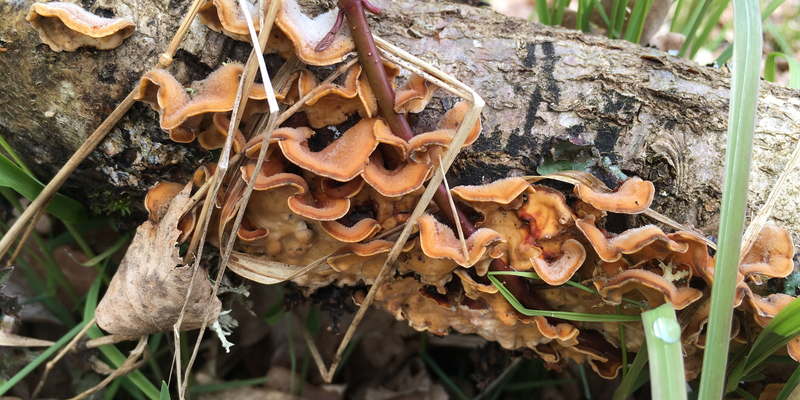Data use
Distribution and diversity of macrofungi in Europe
Published 5/31/2023
Study finds surprising positive role of human disturbance on macrofungal diversity and distribution, and identifies potential biodiversity hotspots in southern Scandinavia

Playing a key role in nutrient cycling and carbon storage, fungi form a large and diverse group about which our knowledge remains limited compared to animals and plants, hampering conservation and environmental management efforts.
To determine the macrofungal diversity and distribution at a continental scale, researchers combined GBIF-mediated occurrences of 1,845 species with data on 25 environmental variables to create a predictive model at 5 km resolution across eight European countries. The study distinguished between the two main functional groups: ectomycorrhizal (mutualistic symbionts) and saprotrophic (decomposers) fungi.
Analysing the model output, the authors found the highest distribution probability and species richness in eastern Denmark and southern Sweden, identifying new fungal biodiversity hotspots for both functional groups. On the opposite end of the probability scale, France and Spain had relatively low species richness.
The patterns revealed by the model were best explained by the dominant tree species, tree cover and human footprint. Saprotrophic diversity increased with number of beech (Fagus spp.) trees while ectomycorrhizal species were most likely to occur in areas dominated by spruces (Picea spp.).
While generally found to have a negative impact on biodiversity, human activity in this study had a positive correlation with macrofungal distribution probability. The authors speculated that anthropogenic alterations may create novel, otherwise rare habitats benefitting certain fungi.